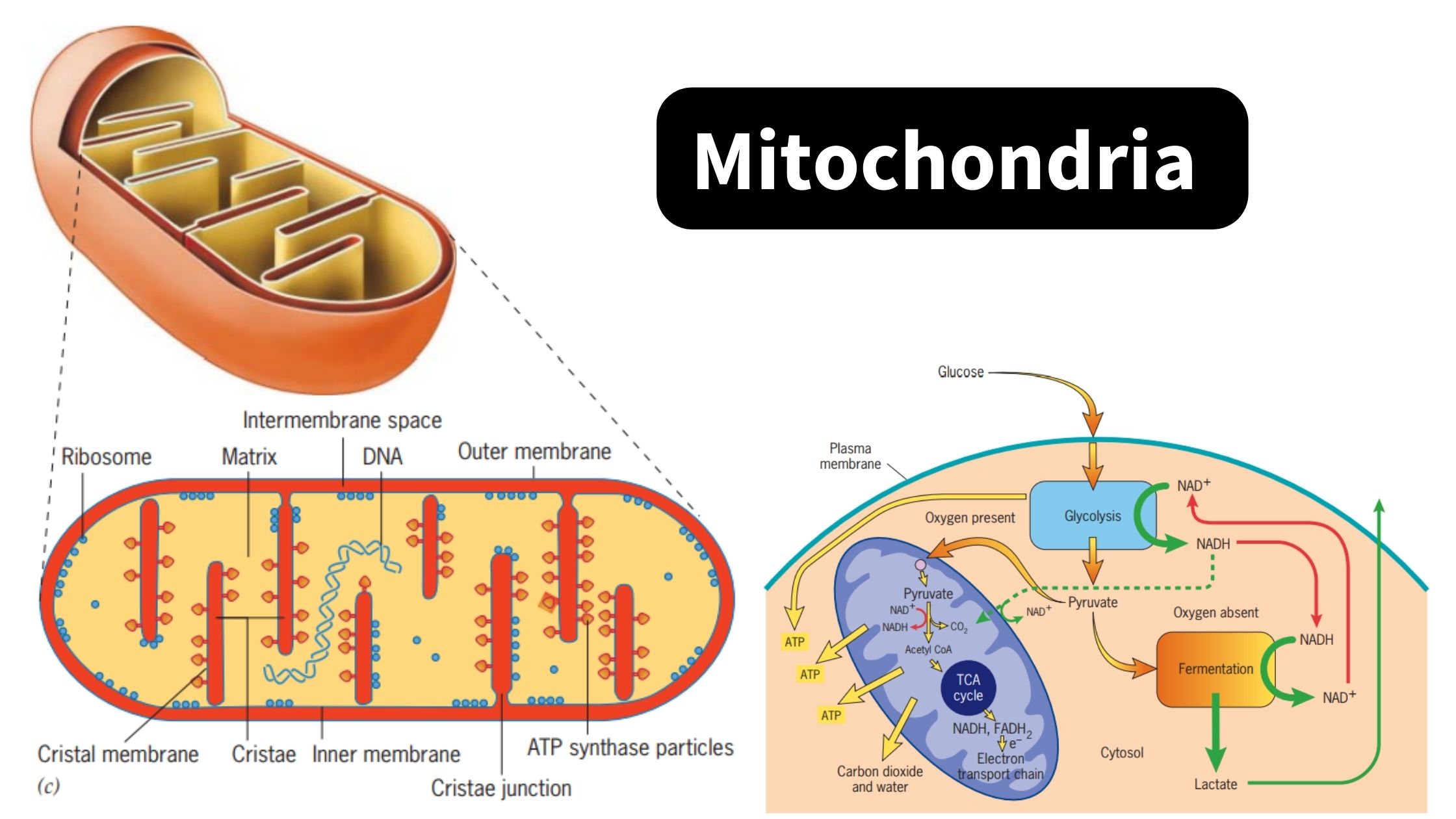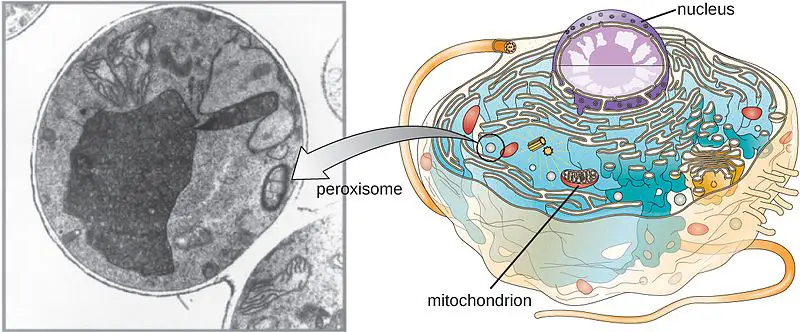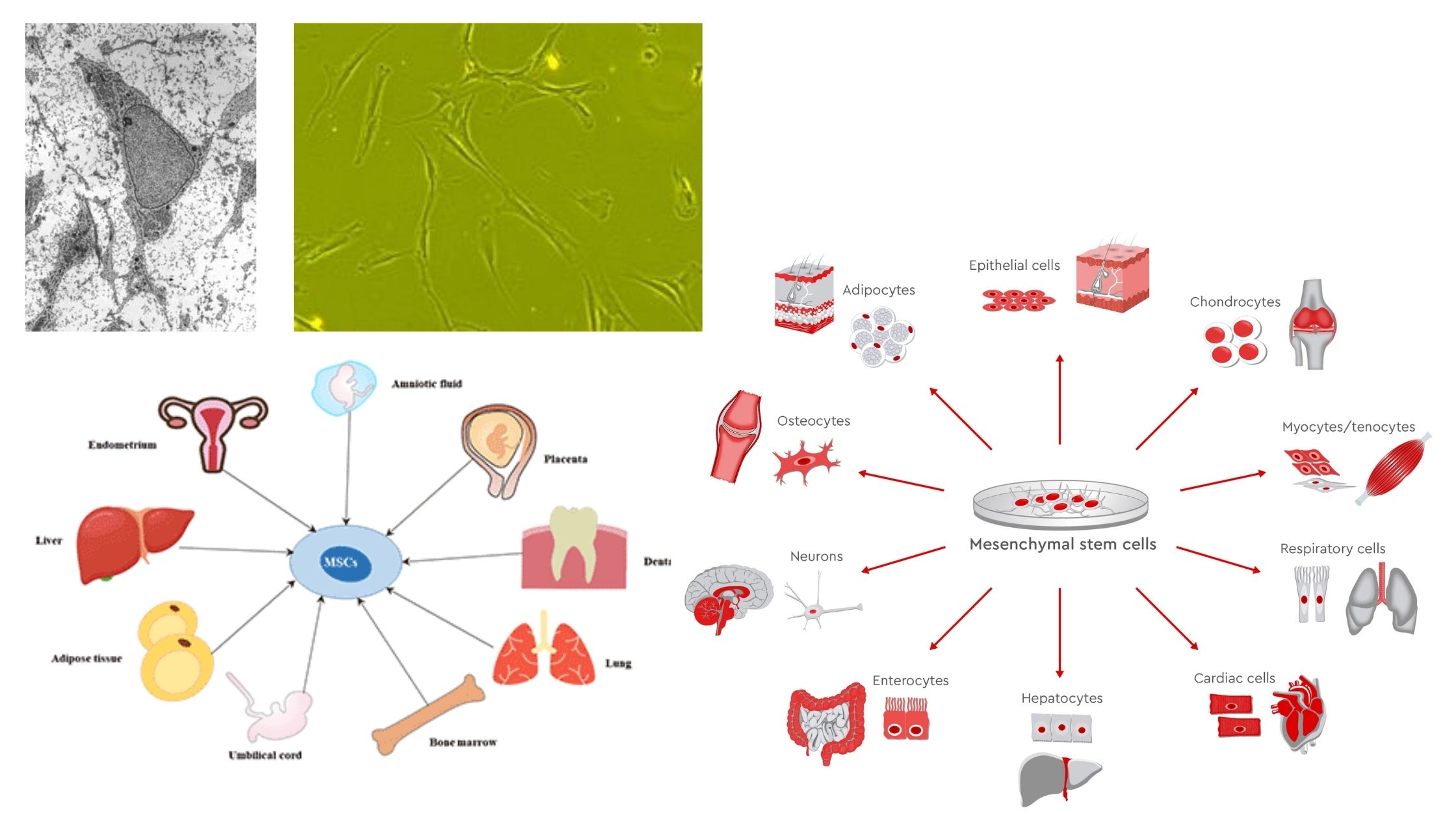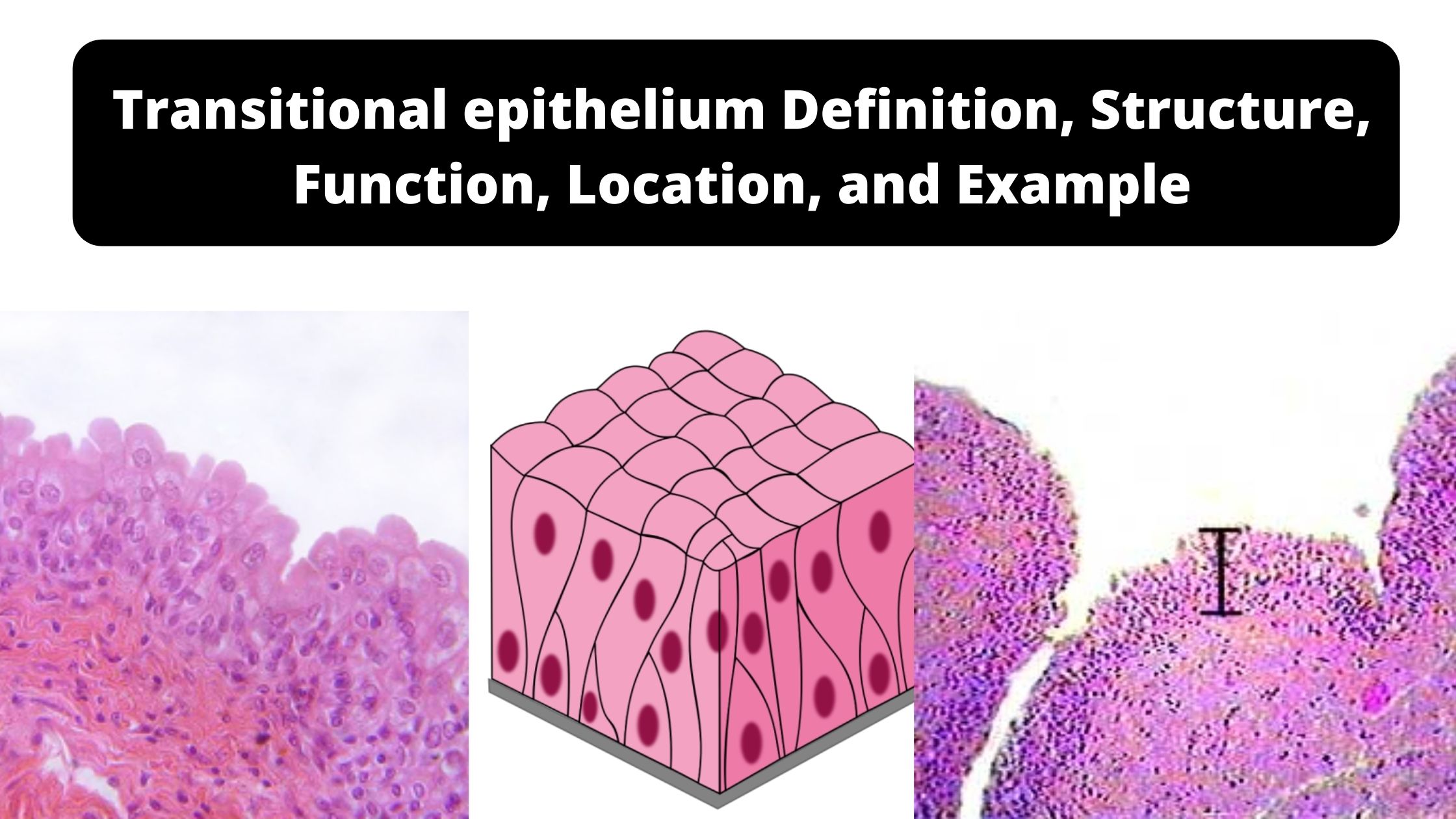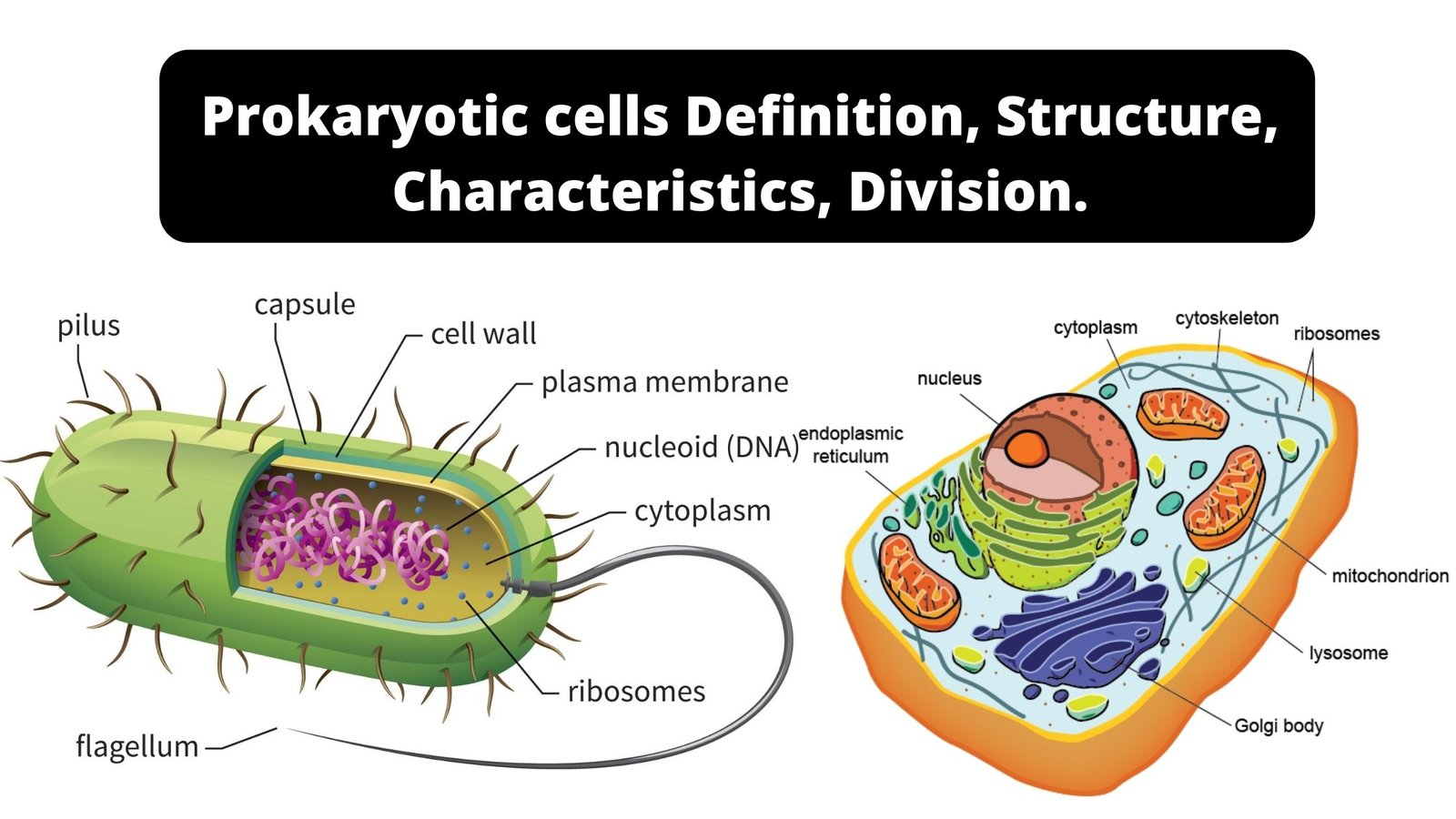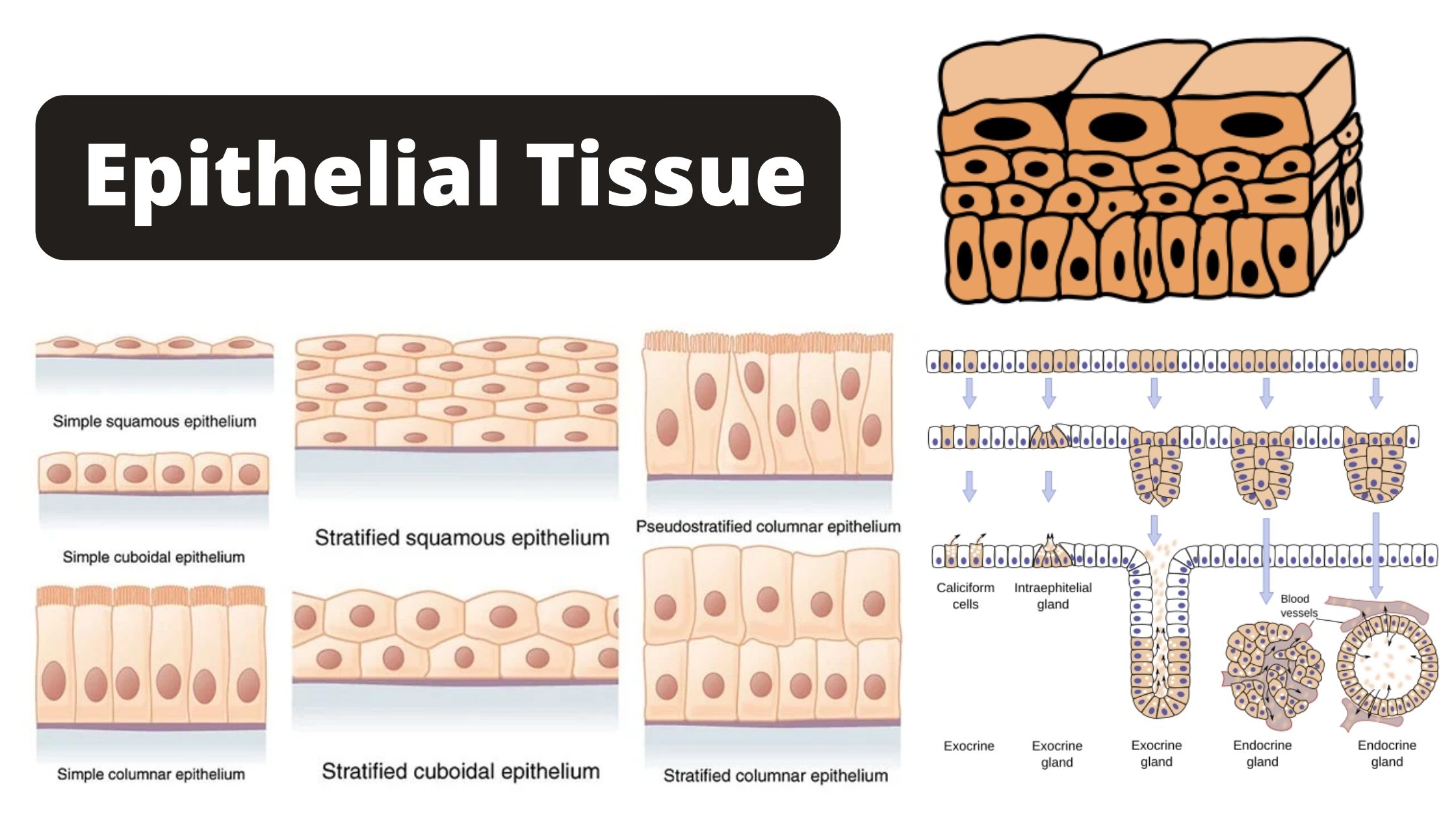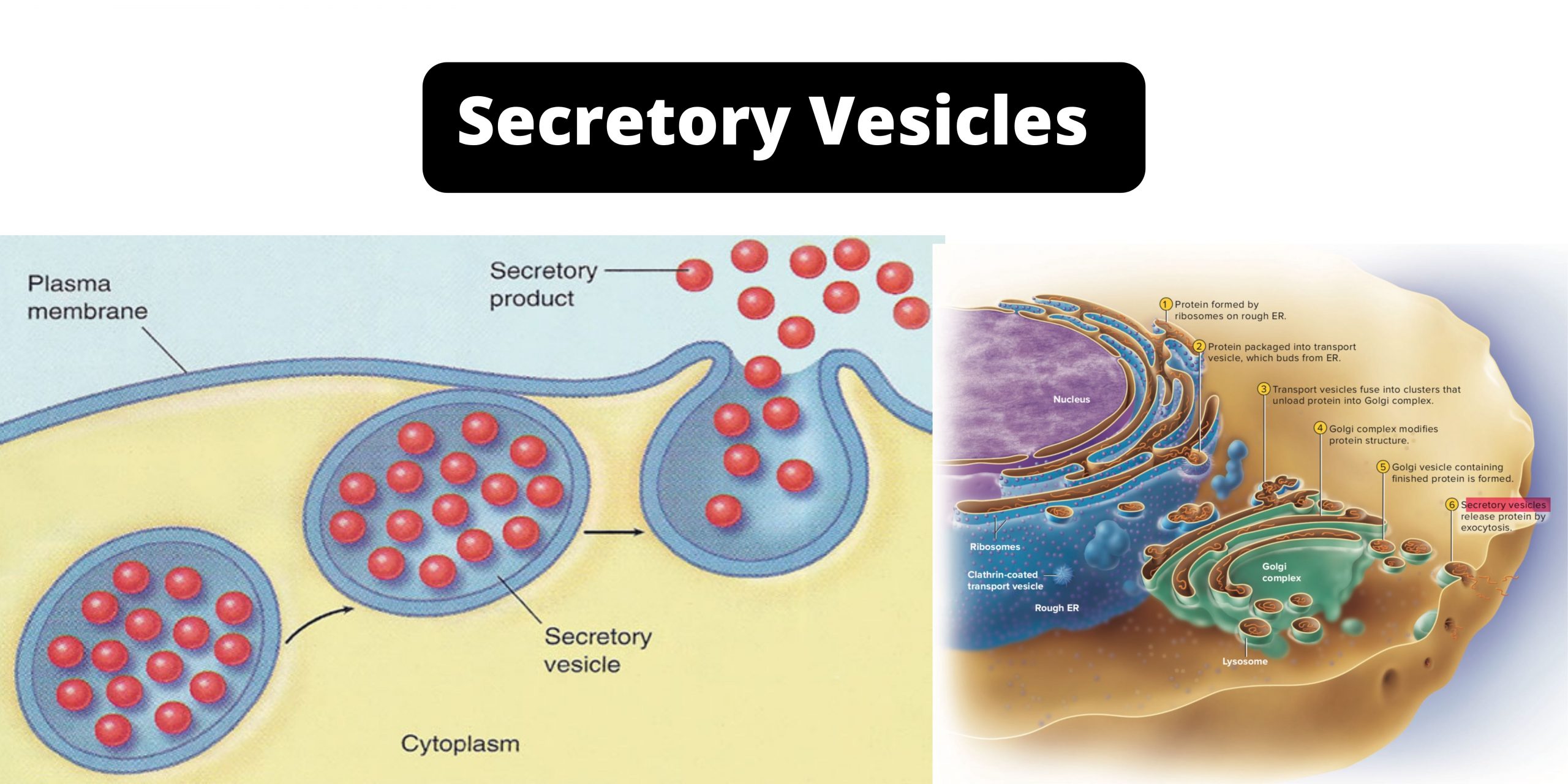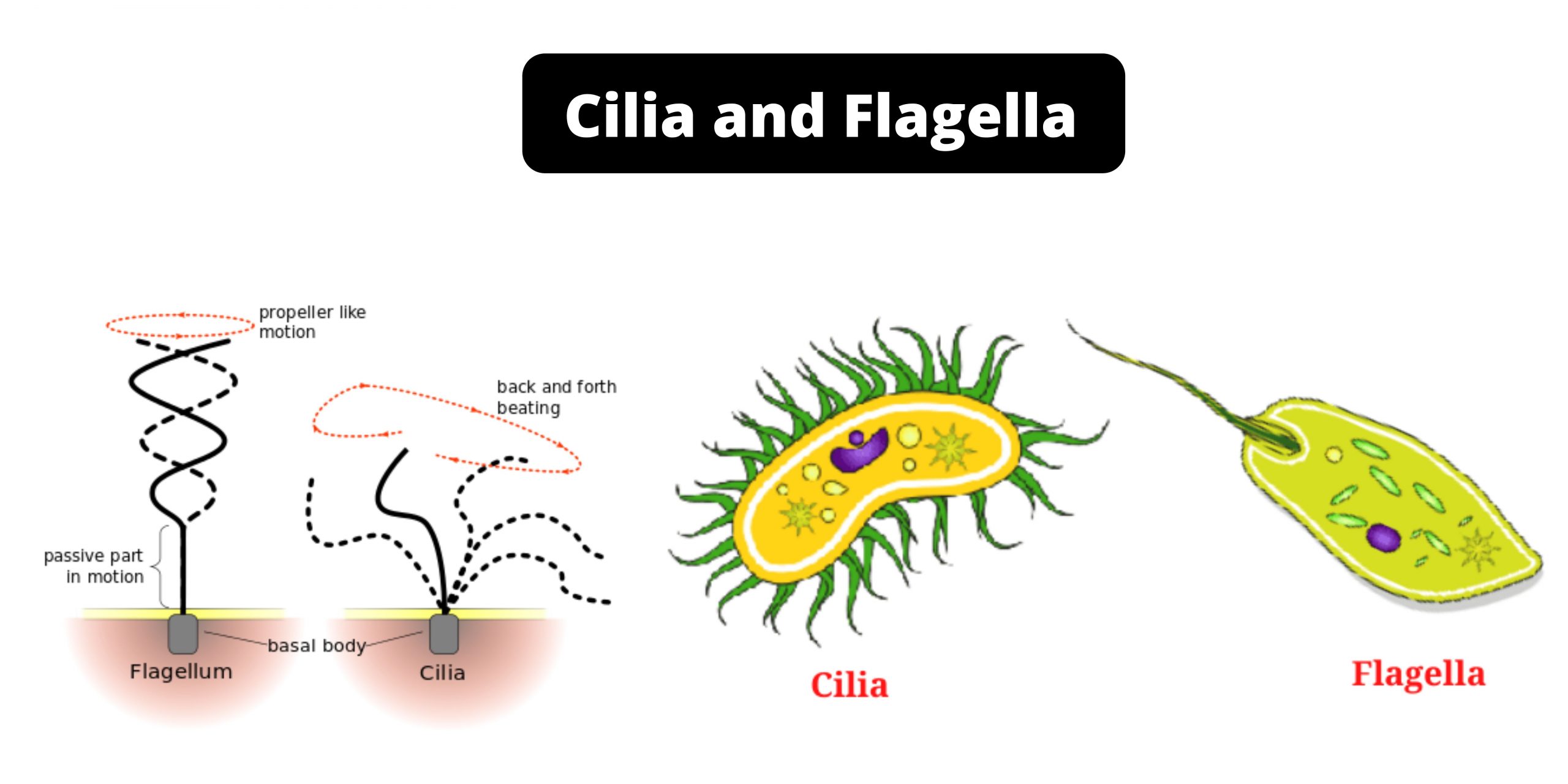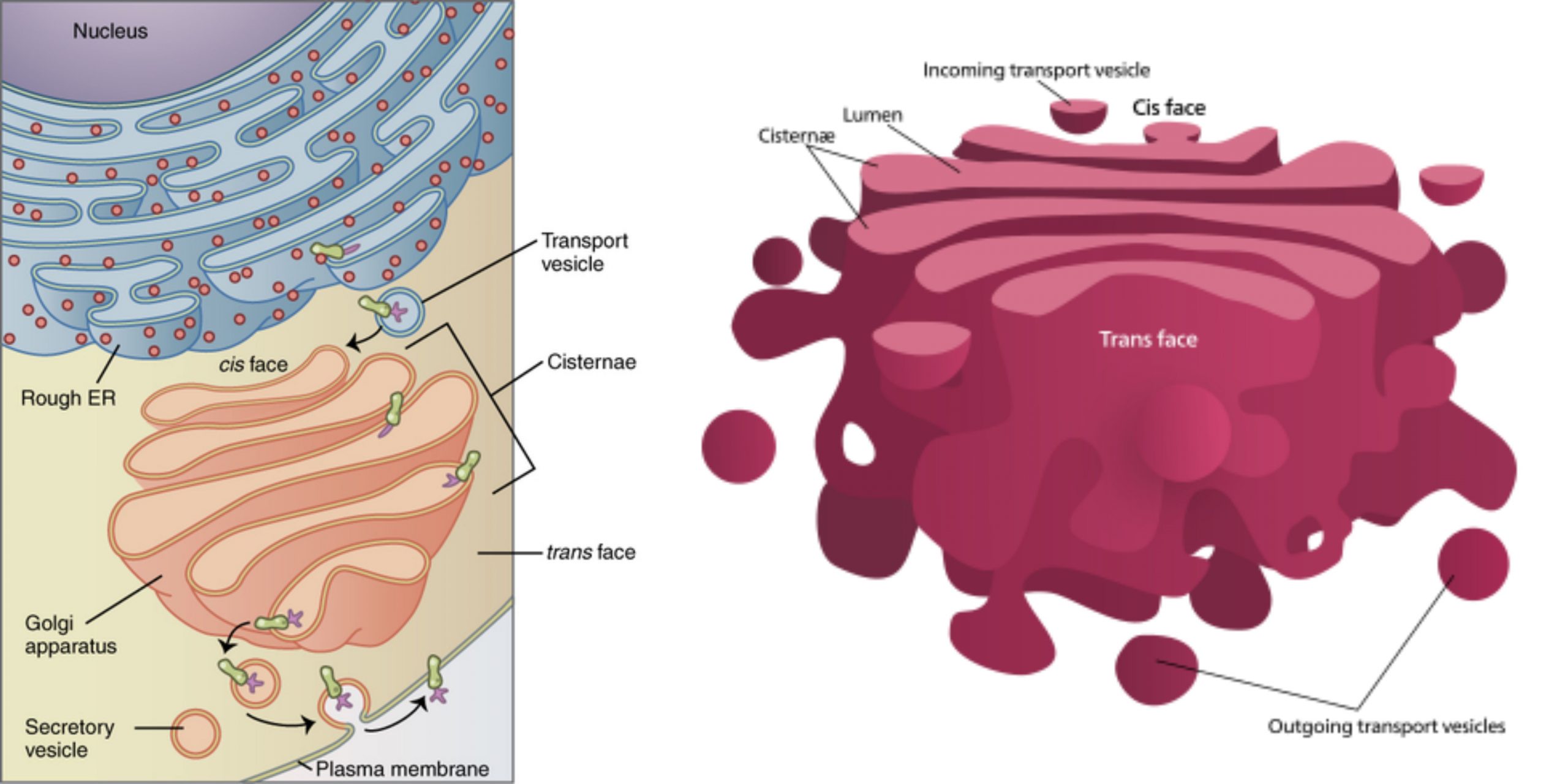Mitochondria – Definition, Origin, Structure, Functions
What are Mitochondria? Definition of Mitochondria Mitochondria are membrane-bound organelles in eukaryotic cells responsible for producing adenosine triphosphate (ATP), the primary energy currency of the cell. Organization and Distribution Mitochondria, often termed the cellular powerhouses, are intricate organelles that play a pivotal role in energy production. Their organization and distribution within cells are both diverse … Read more
